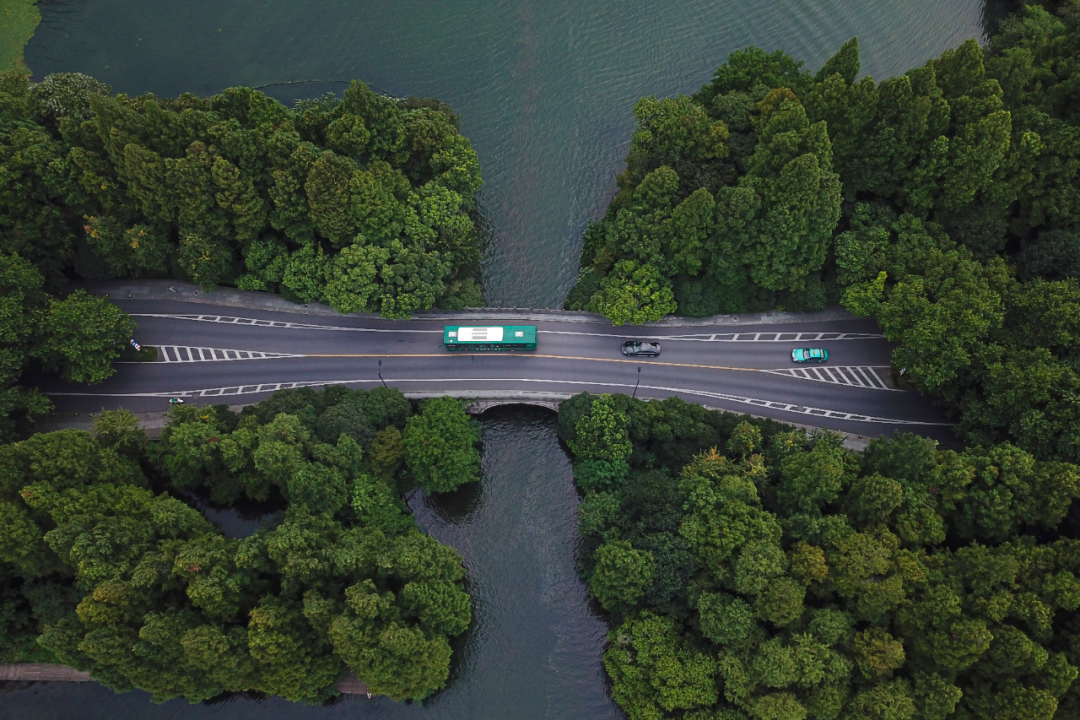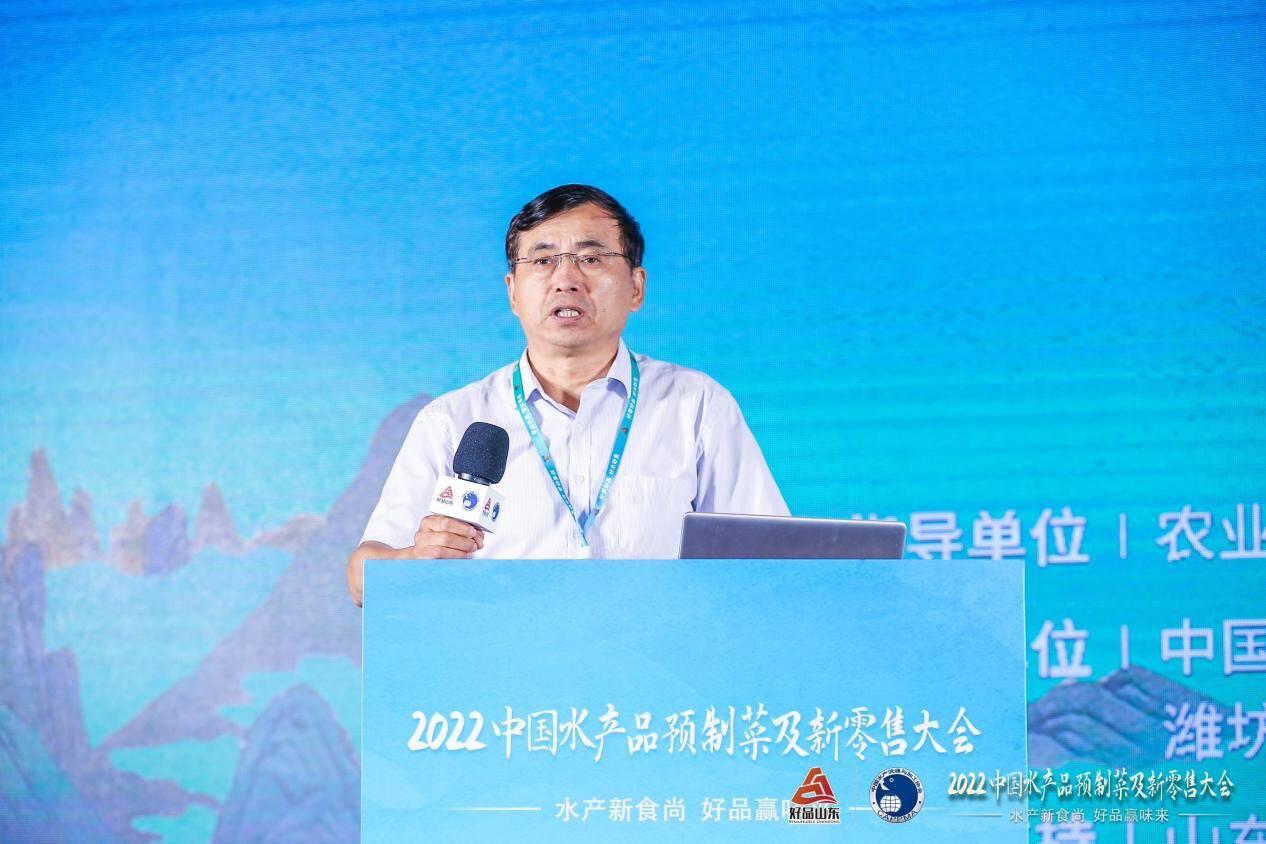Looking at the construction of carbon and community from a cultural ecology perspective
Author:Banyue talk about new media Time:2022.08.18
Dialogue
Gao Bingzhong (Professor of Beijing Normal University Humanities and Social Sciences Institute)
Min Qingwen (researcher at the Institute of Geographical Science and Resources of the Chinese Academy of Sciences)
Nan Zhaoxu (Shenzhen Native Nature and History Researchers, Ecological Scholars)
In the Yangtze River (Executive Dean of the School of Humanities, Peking University)
Jia Feng (Chief Expert of Propaganda Education Center of the Ministry of Ecology and Environment)
Wu Dan (Associate Professor of Public Management and Education and Research Department of the Party School of the Shenzhen Municipal Party Committee)
Zhang Yalong (Deputy Director of the Human Resources Environment Special Committee of the China Sustainable Development Research Association)
Chen Xiangbo (Guan Shanyue Art Museum Chief)
Li Xiaoling (Banyue Talk Reporter)
The "Fourteenth Five -Year Plan" Implementation Plan issued by the National Development and Reform Commission proposed to promote the construction of new cities and accelerate the transformation of urban development. Green, together with livable, toughness, innovation, wisdom, and humanities, it is regarded as six measures in new cities. Green is a distinctive background of a new type of city.
The community, as a cell unit of the city, is not only a home where people work, live and live, but also an important space carrier for cities to practice green and low -carbon concepts. Studying and exploring the concepts, paths and methods that conform to the actual carbon and community construction in various places are the meaning of promoting the construction of new cities in the new era and achieving dual carbon strategic goals.
City is not an enemy of natural ecology
Nan Zhaoxu: We have recently promoted the establishment of a series of micro -natural protection points with special science and ecological value in Shenzhen. At present, the first batch of 20 micro -natural protection plans in Shenzhen have come out. Some small protection areas are in the community in the community Essence People are not the top of the food chain. People and more than 20,000 lives are coexisting and coexisting in Shenzhen, including one bird and one worm, one grass and one wood, including blue sky and green water. In the limited urban space, we pay attention to such small ecological coexistence areas, because nature is the best museum.
Gao Bingzhong: The city should be the caregiver and protector of the natural ecology, which is the innovation of the city. In recent years, archeological discoveries in many large cities in my country have proved that the gray ash threads that have evolved in civilization under the land of the city have witnessed how our nation participates in the process of human civilization.
Min Qingwen: While the city uses modern science and technology and concepts, it is necessary to learn from traditional wisdom, especially traditional farming wisdom. The rice and fish symbiotic system experiments in Qingtian, Zhejiang found that the rice output value of the unit area in the symbiotic mode was significantly higher than that of the single, but the amount of gas emissions of greenhouses decreased significantly. It can be seen that traditional agriculture is not an enemy of ecological agriculture, but the source of modern ecological agriculture concepts and technology.
Cities and communities can also learn from this concept of symbiotic, so that cities are no longer an enemy of natural ecology. The wisdom of traditional farming should make greater contributions to our carbon emissions and carbon storage today. Agriculture should not be understood as only the production of agricultural products, it can also provide us with the function of ecological protection and cultural heritage. In urban design and construction, we must absorb farming intelligence and bring opportunities to get close to nature and agricultural products to contemporary people.

A pure electric bus drove on the Yanggong embankment of the West Lake Scenic Area in Hangzhou. Xinhua News Agency reporter Huang Zongzheng Photo
Reading the "dual ecological concept" of urban ecology
Li Xiaoling: In the process of exploring the dual carbon road, nearly zero carbon emissions or carbon Zhonghe community construction not only related to hardware updates and technical breakthroughs in energy, power, transportation, etc., but also need to be promoted by grassroots governance, green and low -carbon lifestyle at the community level. The public participation is closely related, which is inseparable from the human ecology -based thinking and actions.
The construction of ecological civilization is not just about how to protect the environment of the environment. Going deep, it is also a cultural issue. The concept of the development of human civilization should surpass the development model of urban civilization inherent in the West, and shifting simply pursuing material wealth and scale growth targets to the attention of harmonious and coexistence in nature and society, tradition and future, group and space, and seek the whole The harmony and sustainable development of cultural ecology.
Yu Yangtze: No one has no ecology. Double carbon technology is just a means. On the root, we still have to change human behavior through humanistic cultivation and support. To achieve near -zero carbon, in addition to multiple aspects of scientific and technological innovation and technological breakthroughs, the community must also start from the perspective of humanistic ecology to discover new ideas for building carbon and community construction.
Gao Bingzhong: The direct goal of the construction of ecological civilization is to save energy and protect the environment. It turns out that it cannot solve the problem of ecological protection by scientific and technological progress alone. It is necessary to re -understand the "dual ecological concept" of urban ecology with natural ecology and human ecology, and combine the protection and development of cultural ecology with the goals of dual carbon.
Abandon the "three high" lifestyle
Wu Dan: The traditional Chinese culture contains simple and rich low -carbon life cultural values. The construction of carbon Zhonghe community is first to be converted and integrated to the values and lifestyles of consumerism, and guide the community residents to gradually abandon the "three highs" lifestyle of high consumption, high waste, and high emissions that are not friendly to the environment to form a low -carbon carbon with us low -carbon. New ecological civilization values that are compatible with ecology.
Zhang Yalong: It can open a personal carbon account that can be traded across the country for community residents. Residents' carbon footprints can be recorded on the carbon currency trading platform, converted into carbon emissions and carbon credit values, calculate how much the actual emission reduction of individuals per day, and directly enter the sewage exchanges for carbon transactions. You can also set up a "carbon long" in the carbon neutral and community as a zero -carbon steward to transmit the concept of low -carbon to residents and mobilize the enthusiasm of carbon reduction in the community.
Jia Feng: We can use dual carbon targets as a fashion lifestyle that people can accept. The Ministry of Ecology and Environment established a cycling association, the first cycling organization of the central state organs. Bicycles are cheap and pollution -free alternatives, and are also friendly with environment and climate. We look forward to green travel in the daily consumption field, making cycling culture a ecological culture. Jiangxi Xinqian: Low -carbon cycling advocates green travel

Li Xiaoling: The "Fourteenth Five -Year Plan" New Urbanization Implementation Plan "proposes to" carry out green life creation activities and advocate green travel, green family, green community construction ". In terms of specific measures and decomposition goals, the plan also clearly requires to promote green low -carbon transformation in industrial, construction, transportation and other fields, and promote the electrification replacement of public service vehicles. By 2025, the proportion of new energy buses in urban new energy will increase to 72%. Obviously, these are fully in line with the construction of carbon neutralized communities.
Chen Xiangbo: No matter what you do, the end of the end of the emission reduction is a person. Each of us is a part of the ecological terminal. It is necessary to integrate the concept of green development into everyone's hearts, continue to affect people's behavior through humanistic, artistic, and aesthetic concepts, and then combined with scientific and technological means to build carbon neutralized communities that are sustainable development.
Source: "Half Moon Talk Internal Edition" 2022, No. 8
Edit: Youli
- END -
Lengshuijiang Tax: Follow the process, walking out of the optimization service road

In order to implement the one -handed process activity, the problem of reserved ta...
Aquatic new food is good to win the taste -20122 Chinese aquatic product prefabricated dishes and new retail conferences opened in Jinan

New food of aquatic products, good products win. In order to better promote the h...